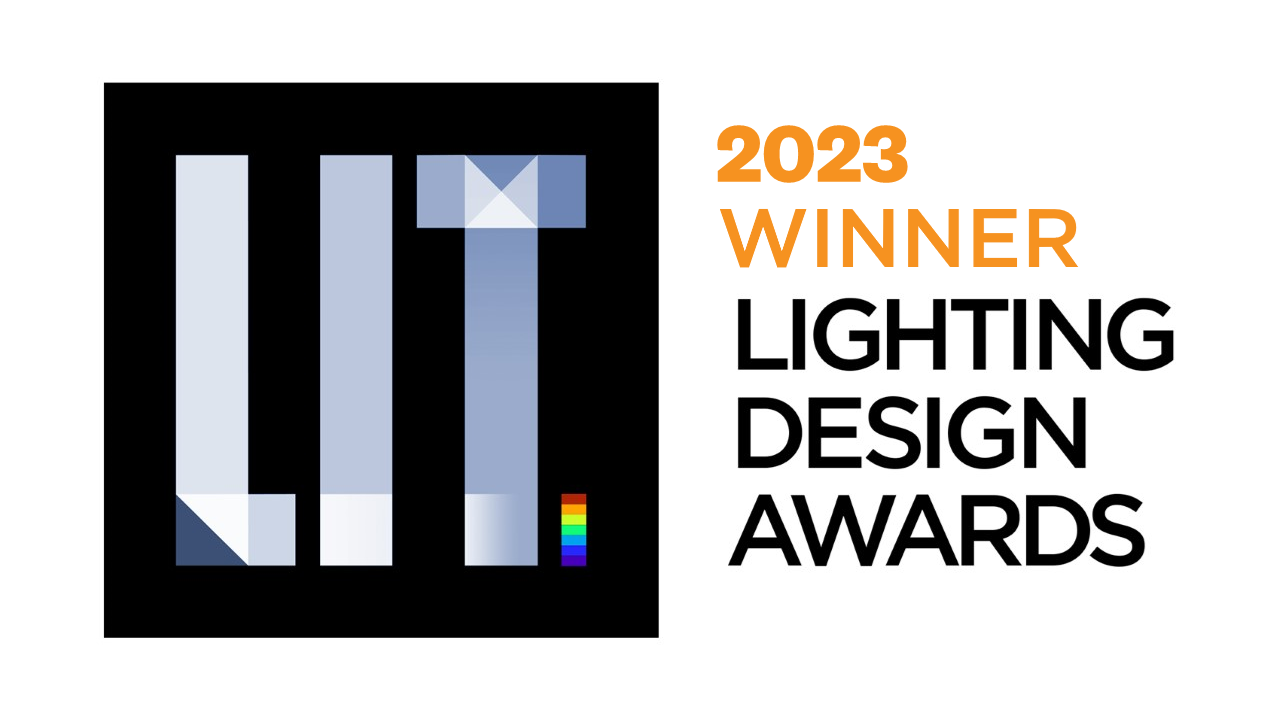Prize(s) Winners in Hospitality Lighting Design
Company Delta Lighting Design
Lead Designers Ziad Fattouh, Mohamed Medani, Raluca Dascalita
Client Zannier Hotels
Photo Credits Frederik Wissink for Zannier Hotels
Other Credits Interior Designer: Geraldine Dohogne
Completion Date December 2020
Project Location Vietnam
Entry DescriptionZannier Hotel's Bãi San Hô is an opulent holiday haven nestled within a sprawling 98-hectare garden in Phu Yen, near Quy Nhon, Vietnam. This secluded peninsula offers a historically authentic experience, far removed from typical tourist destinations in Bình ?inh province, surrounded by picturesque hills and lush greenery. Its pristine coastline boasts an impressive coral bay, setting the stage for a unique retreat.
The resort boasts 71 suites and villas, each designed in one of three distinct architectural styles, paying homage to local tribes. The interior and landscape lighting design, featuring bespoke fixtures, enhance the natural beauty of the surroundings.
The lighting design philosophy prioritizes and serenity with soft, warm lighting that complements the environment. It seamlessly connects indoor and outdoor spaces, creating a magical atmosphere after dark. The transition from daytime to evening lighting fosters a profound sense of calmness, allowing guests to connect with the soothing coastal moonlight and nature.
In summary, Zannier Hotel's Bãi San Hô offers guests an environmentally conscious and unforgettable experience, accentuating the natural beauty of the surroundings and the serenity of the resort's architecture.
Sustainability ApproachThe lighting design at Zannier Hotel's Bãi San Hô takes a commendable eco-friendly approach by incorporating locally sourced materials into the creation of decorative elements. This thoughtful choice not only celebrates the region's cultural heritage but also reduces the carbon footprint associated with transportation of materials.
Furthermore, the design employs a strategy of generally low-level illumination, minimizing light pollution and energy consumption. This not only benefits the local ecosystem but also allows guests to better connect with the natural beauty of the surroundings and the serenity of the coastal landscape.
Additionally, the modularity in fitting selection is another eco-conscious decision. This approach makes maintenance and replacement more efficient, reducing waste and extending the lifespan of lighting fixtures.














